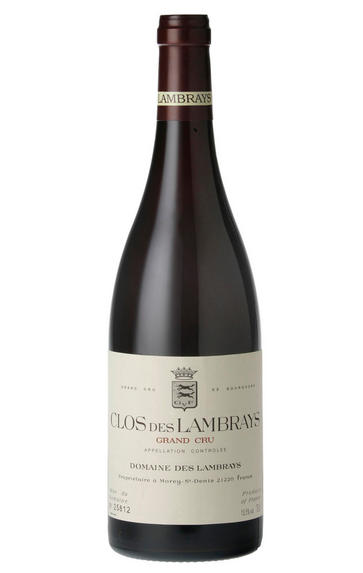
2017 Clos des Lambrays, Grand Cru, Domaine des Lambrays, Burgundy
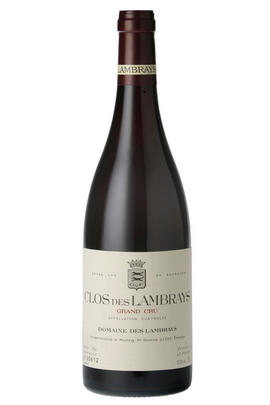
Critics reviews
There are whiffs of herbal tea, floral and spice influences on the essence of red berry aromas that are trimmed in soft wood and earth nuances. The mouthfeel of the medium-bodied flavors is beautifully sleek thanks to the dense but fine-grained tannins shaping the attractively refreshing, youthfully austere and long finale that is quite linear rather than rich. This should further flesh out with bottle age though that will require at least some cellaring.
Drink from 2029 onward
Allen Meadows, Burghound.com (January 2020)
The 2017 Clos des Lambrays Grand Cru has a very detailed bouquet of gorgeous red currant, cranberry and mineral aromas, plus a touch of tobacco in the background; quite leafy in style. The palate is medium-bodied with a fine backbone, quite firm and slightly powdery in texture. Focused with good grip on the sappy, overtly peppery finish. This is an excellent Grand Cru. Tasted blind at the Burgfest 2017 tasting.
Drink 2025 - 2048
Neal Martin, Vinous.com (September 2021)
The 2017 Clos des Lambrays Grand Cru opens in the glass with expressive aromas of sweet berry fruit, plums and orange rind that mingle with nuances of forest floor, smoked meats, cedar and spices. On the palate, it's medium to full-bodied, supple and open-knit, with succulent acids and moderate concentration, concluding with a nicely defined finish. I expect this to flesh out a little as it bounces back from bottling.
Drink 2022 - 2048
William Kelley, Wine Advocate (January 2020)
Leafy, autumnal and complex, with soy and liquorice and a toasted, smoky finish. Fibrous tannin, pure fruit, excellent length. It's not floral, but there is an elegance here. Superbly persistent – just doesn't quit. Excellent expressiveness, this has the magic of Burgundy.
Drink 2020 - 2040
Richard Hemming MW, JancisRobinson.com (May 2022)
About this WINE
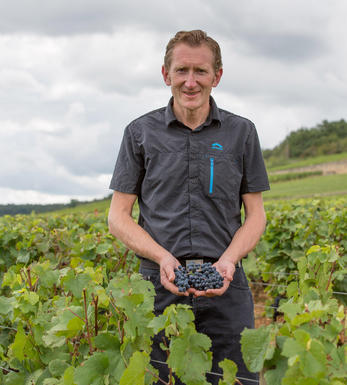
Domaine des Lambrays
Domaine des Lambrays was established in 1363 yet it was only in 1981 that this climat was finally promoted to Grand Cru. The estate was purchased in 1996 by the Freune family and since then dramatic changes have taken place, leading to an upsurge in quality. At 8.8 hectares, this is the largest Grand Cru parcel in Burgundy under one proprietor.
As well as the grand cru itself, the Domaine also owns vines in premier cru and village vineyards in Morey, and since 1993, two premier cru vineyards in Puligny Montrachet, les Folatières and Clos du Cailleret, purchased from Domaine Chartron.
Winemaker Jacques Devauges has been in charge since 1979. The vineyards are run on more or less organic lines, with no chemical anti-rot sprays, and ploughing of the soil by horse. In the cellar, he likes to use the majority of the stems, favours punching down over pumping over, and prefers to restrain the amount of new oak – around 50% for the grand cru. The produce of young vines is downgraded to Morey St Denis 1er cru where it joins the fruit of tiny holdings of La Riotte and Le Village. The village Morey comes from La Riotte, Clos Solon, Les Larreys and especially La Bidaude which lies just above the Clos des Lambrays.
Domaine des Lambrays produces wines which possess balance, power and finesse and which fully live up to their Grand Cru status.
Jasper Morris MW, Burgundy Wine Director and author of the award-winning Inside Burgundy comprehensive handbook.
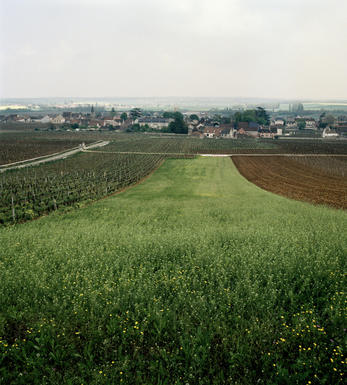
Morey-Saint-Denis
Morey is sometimes ignored between its two famous neighbours, Chambolle-Musigny and Gevrey-Chambertin, but its wines are of equal class, combining elegance and structure. Morey-St Denis, being that little bit less famous, can often provide excellent value.
The four main Grand Cru vineyards continue in a line from those of Gevrey-Chambertin, with Clos St Denis and Clos de la Roche the most widely available. Clos des Lambrays (almost) and Clos de Tart (entirely) are monopolies of the domains which bear the same names.
Domaine Dujac and Domaine Ponsot also make rare white wines in Morey-St Denis.
- 64 hectares of village Morey-St Denis
- 33 hectares of Premier Cru vineyards (20 in all). Best vineyards include Les Charmes, Les Millandes, Clos de la Bussière, Les Monts Luisants
- 40 hectares of Grand Cru vineyard. Clos de Tart, Clos des Lambrays, Clos de la Roche, Clos St Denis and a tiny part of Bonnes Mares
- Recommended Producers: Dujac, Ponsot, Clos de Tart, Domaine des Lambrays
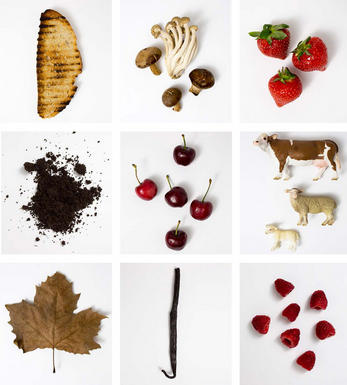
Pinot Noir
Pinot Noir is probably the most frustrating, and at times infuriating, wine grape in the world. However when it is successful, it can produce some of the most sublime wines known to man. This thin-skinned grape which grows in small, tight bunches performs well on well-drained, deepish limestone based subsoils as are found on Burgundy's Côte d'Or.
Pinot Noir is more susceptible than other varieties to over cropping - concentration and varietal character disappear rapidly if yields are excessive and yields as little as 25hl/ha are the norm for some climats of the Côte d`Or.
Because of the thinness of the skins, Pinot Noir wines are lighter in colour, body and tannins. However the best wines have grip, complexity and an intensity of fruit seldom found in wine from other grapes. Young Pinot Noir can smell almost sweet, redolent with freshly crushed raspberries, cherries and redcurrants. When mature, the best wines develop a sensuous, silky mouth feel with the fruit flavours deepening and gamey "sous-bois" nuances emerging.
The best examples are still found in Burgundy, although Pinot Noir`s key role in Champagne should not be forgotten. It is grown throughout the world with notable success in the Carneros and Russian River Valley districts of California, and the Martinborough and Central Otago regions of New Zealand.


Buying options
Add to wishlist
Description
This is generous and very velvety, open and approachable. The complexity is still unfolding, but this has a very good, long finish. There seems already to be a bit more focus and composure under the new team. 90% whole-bunch, and raised in 50% new oak. Yields were 38hl/ha.
This is the first solo vintage for Boris Champy and the start of a new era, as Bernard Arnault, having made his first visit to the domaine since its purchase by LVMH, has set new targets of excellence. A new cuverie is promised and a full vineyard survey has just been completed, with other luxury-brand accoutrements also promised. Boris noted that 2017 is one of the earliest at the domaine, along with 2003, 2011 and 2015, starting here on 3rd September. It’s a good, general vintage, he feels, with lowish acidity, comparable to 2006.
Drink 2025 - 2030
Berry Bros. & Rudd
wine at a glance
Delivery and quality guarantee